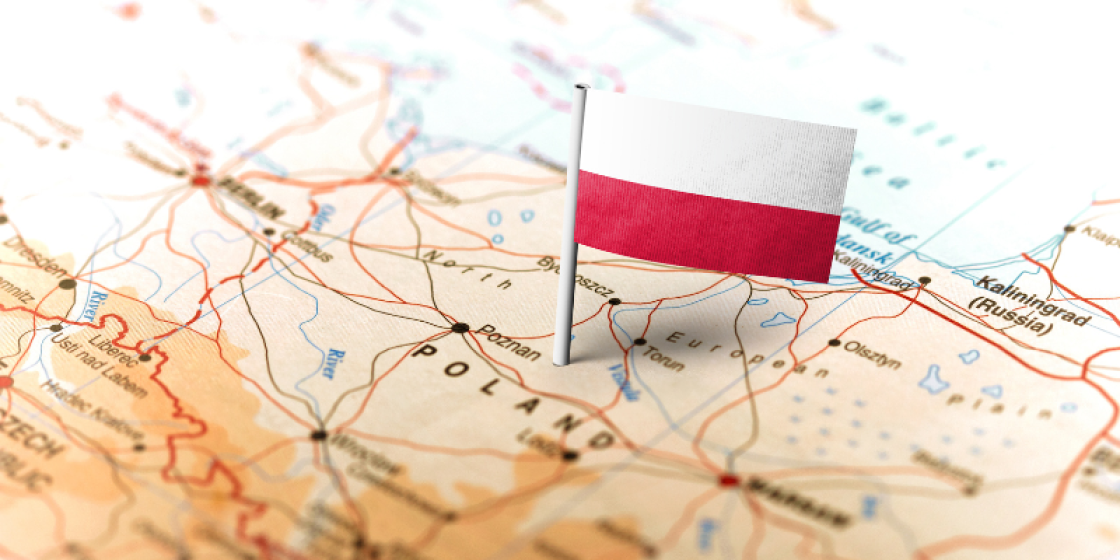Europe’s Marketplace Landscape: Beyond Amazon
Recent reports highlight how Europe’s eCommerce landscape is increasingly defined by
regional marketplaces rather than a single dominant player. While Amazon continues to hold
a strong position in the UK and Germany, non-Amazon platforms are taking the lead across
much of continental Europe — creating a more fragmented but dynamic environment for
brands.
Using Luzern’s proprietary marketplace insights, we see distinct regional powerhouses
emerging. Zalando continues to dominate fashion and lifestyle categories in Germany, the
Nordics, and the Benelux region, while Otto remains a trusted destination for consumer
electronics and home goods in Germany. In France, Veepee and Cdiscount command
significant shopper loyalty, with flash sales and discount-driven models attracting millions of
active users. Meanwhile, Bol and Allegro are proving equally influential in the Netherlands
and Poland, respectively — both offering brand-friendly ecosystems with growing 3P seller
bases.
This decentralisation presents both opportunities and challenges for brands. On one hand, the
fragmentation demands more nuanced strategies and regional partnerships. On the other, it
offers brands more control, better margins, and access to highly engaged audiences that
Amazon cannot easily replicate.
According to Luzern’s European eCommerce Industry Report 2025, over 79% of brands
plan to expand into new marketplaces — signalling that diversification is no longer
optional but essential for growth in today’s competitive European landscape.
For Luzern and our partners, this shift reinforces the importance of a multi-marketplace
strategy — one that leverages data, pricing intelligence, and agile fulfilment to meet
customers where they are shopping most. As Europe moves further away from a one-platform
model, brands that can localise effectively and balance reach with profitability will lead the
next wave of marketplace growth.



